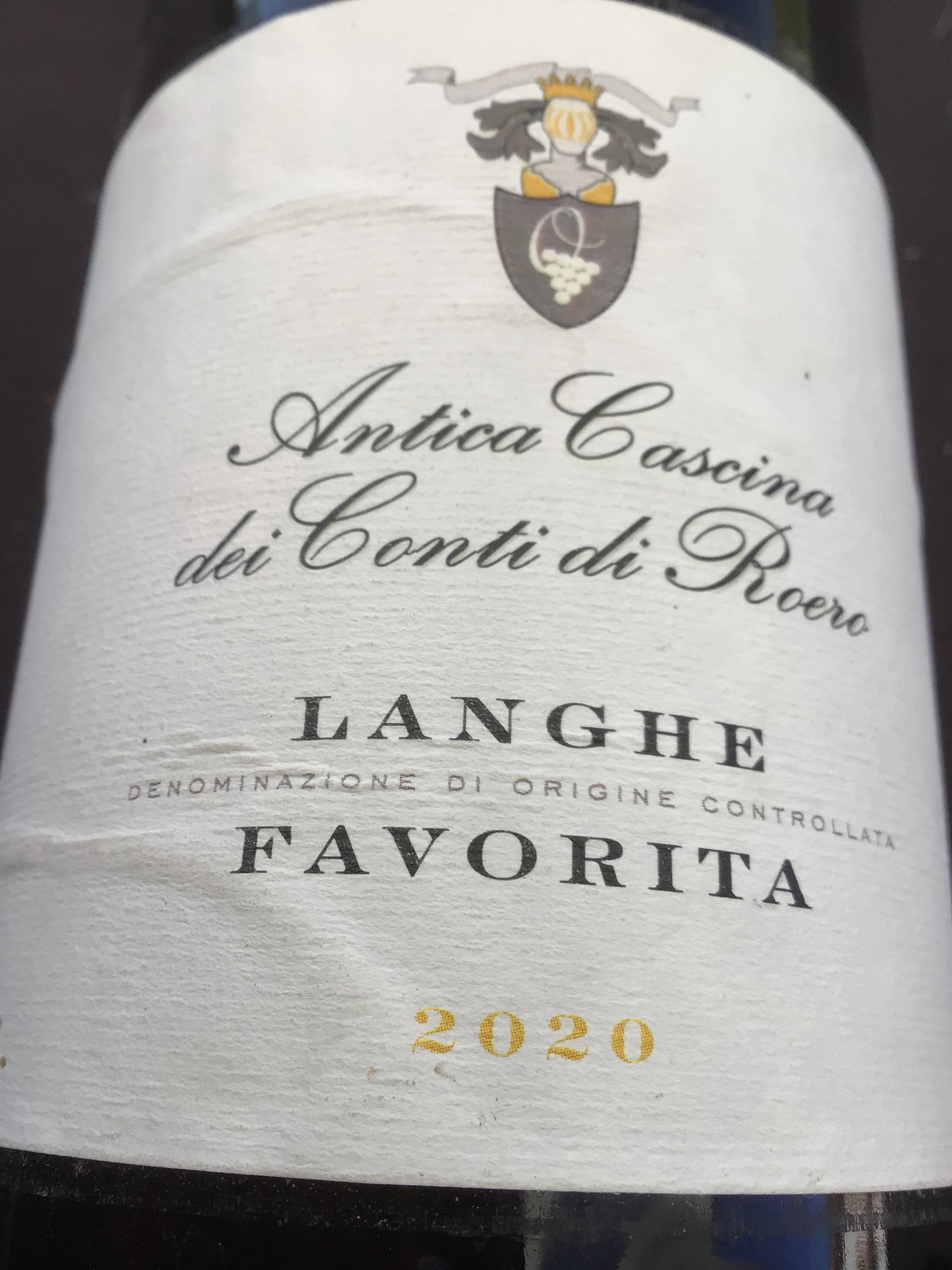Recent genetic research has confirmed the similarity between the grape known in Piedmont as Favorita, but also known locally by other names, such as "Formentin", because the beautiful golden yellow (or amber) colour of the ripe berry is reminiscent of the intensity of wheat at harvest (forment in Piedmontese is wheat, formentin is buckwheat), and the Vermentino variety, closely related to Pigato, both grown on the Ligurian Riviera.
This classification of the Favorita vine as a Vermentino biotype leads to the hypothesis that the first vines of this sea-born grape arrived in the Piedmont hills along the trade routes for salt and anchovies, the network of routes traversed by mountain peoples, especially from the Maira Valley, who left their mountain villages after the farming season to go to the Provençal and Ligurian ports to stock up on salted fish (the ancioé) and resell it in the markets and farms of Piedmont and the Po Valley.
The vine, which historically has its roots in Liguria but is of uncertain origin (perhaps Iberian), has adapted very well to the Piedmont hills and has found its ideal habitat in the sandy, sunny soils sloping down to the Tanaro, which have spread mainly in the ancient lands of the Roero, a powerful family of Asti origin, owners of numerous fiefdoms and castles on the left bank of the Tanaro, which eventually gave its name to the whole hill region.
Prized for its robustness and good resistance to disease, the variety soon caught the attention of farmers, who appreciated its varietal and organoleptic qualities so much that they named it 'favoured' grape, i.e. favourite, and from this affectionate use the official name of the vine originated.
As the oenologist Federico Martinotti, director of the Royal Asti Oenological Station, noted in the Giornale Vinicolo Italiano in 1918, it was the productivity of the Favorita grape, combined with aesthetic factors such as the pleasant appearance of the bunch, "poco serrato", i.e. not very compact (spargolo), and the round, 'rather large' berries, as well as the durability of the bunches, which ripen between the end of September and the beginning of October and survive the winter well, made Favorita a success as a table grape, which was usually transported and sold in the markets of Turin.
However, Favorita's destiny as a table grape did not prevent its use in winemaking, often in blends with other white grapes (mostly Arneis), as was common in the past, or for blends of red wines, to which it was added in small percentages because it could give the product "more finesse".
The use of Favorita grapes is also documented for sparkling wine and for the production of mass wine, an area in which the Cantina Sociale Cattolica, founded in 1901 in Vezza d'Alba, specialised.
Despite its fortune as a table grape in the 19th century and its good results in winemaking, the Favorita went through a period of serious decline in the middle of the 20th century, which worsened over the years, leading growers to prefer other white grapes, such as Arneis, with negative consequences for the image and reputation of this traditional grape.
It was only in the 1970s that the first attempts at revival were made, with the gradual revaluation of the Favorita as a wine grape, valued for its ability to withstand the summer heat, which is now more intense and frequent than in the past. Today, there are around fifty producers of Favorita wine, mainly distributed on the hills of the Langhe, the Roero and the Tortona.
Let us now turn to the left geographical side of the Tanaro, where the sandy and dry soils of the Roero, mixed with sandstone, a sedimentary rock of marine origin, have proved particularly suitable for growing the Favorita vine, since the particular composition inhibits the strong vegetative vigour characteristic of the variety and promotes the full ripening of the golden bunch, while the compact soils, as experts emphasise, facilitate the harmful attacks of grey rot.
A look at the Favorita di we tasted for you Antica Cascina dei Conti di Roero - Favorita 2020
Given chilled, the wine label is slightly damaged.





Comments
Login to give reaction Your comment will be posted as soon as it is approved.